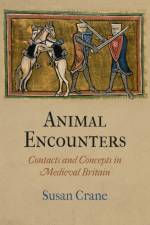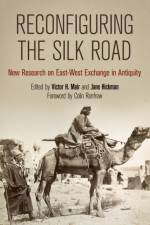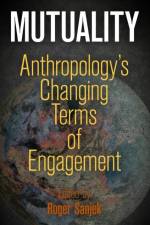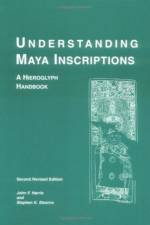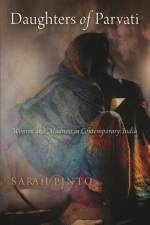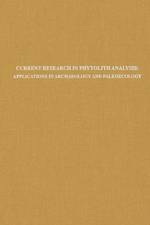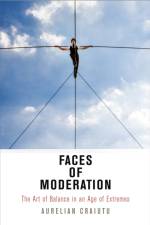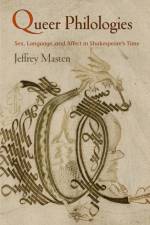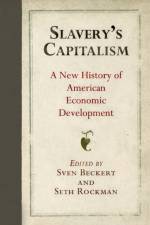- A New History of American Economic Development
429
During the nineteenth century, the United States entered the ranks of the world''s most advanced and dynamic economies. At the same time, the nation sustained an expansive and brutal system of human bondage. This was no mere coincidence. Slavery''s Capitalism argues for slavery''s centrality to the emergence of American capitalism in the decades between the Revolution and the Civil War. According to editors Sven Beckert and Seth Rockman, the issue is not whether slavery itself was or was not capitalist but, rather, the impossibility of understanding the nation''s spectacular pattern of economic development without situating slavery front and center. American capitalism—renowned for its celebration of market competition, private property, and the self-made man—has its origins in an American slavery predicated on the abhorrent notion that human beings could be legally owned and compelled to work under force of violence.Drawing on the expertise of sixteen scholars who are at the forefront of rewriting the history of American economic development, Slavery''s Capitalism identifies slavery as the primary force driving key innovations in entrepreneurship, finance, accounting, management, and political economy that are too often attributed to the so-called free market. Approaching the study of slavery as the originating catalyst for the Industrial Revolution and modern capitalism casts new light on American credit markets, practices of offshore investment, and understandings of human capital. Rather than seeing slavery as outside the institutional structures of capitalism, the essayists recover slavery''s importance to the American economic past and prompt enduring questions about the relationship of market freedom to human freedom.Contributors: Edward E. Baptist, Sven Beckert, Daina Ramey Berry, Kathryn Boodry, Alfred L. Brophy, Stephen Chambers, Eric Kimball, John Majewski, Bonnie Martin, Seth Rockman, Daniel B. Rood, Caitlin Rosenthal, Joshua D. Rothman, Calvin Schermerhorn, Andrew Shankman, Craig Steven Wilder.







